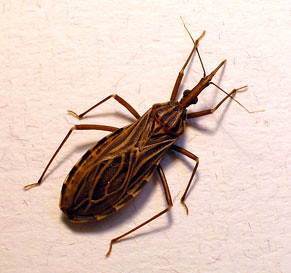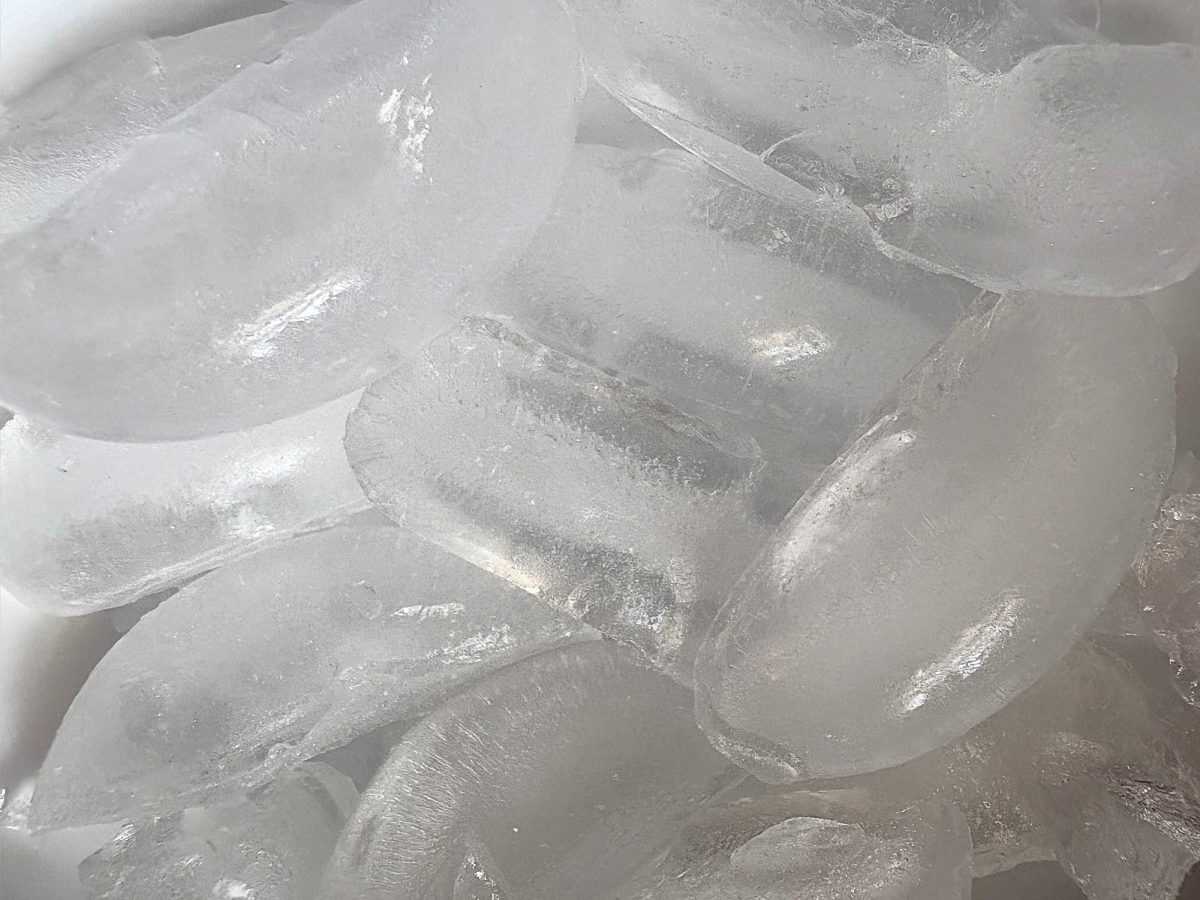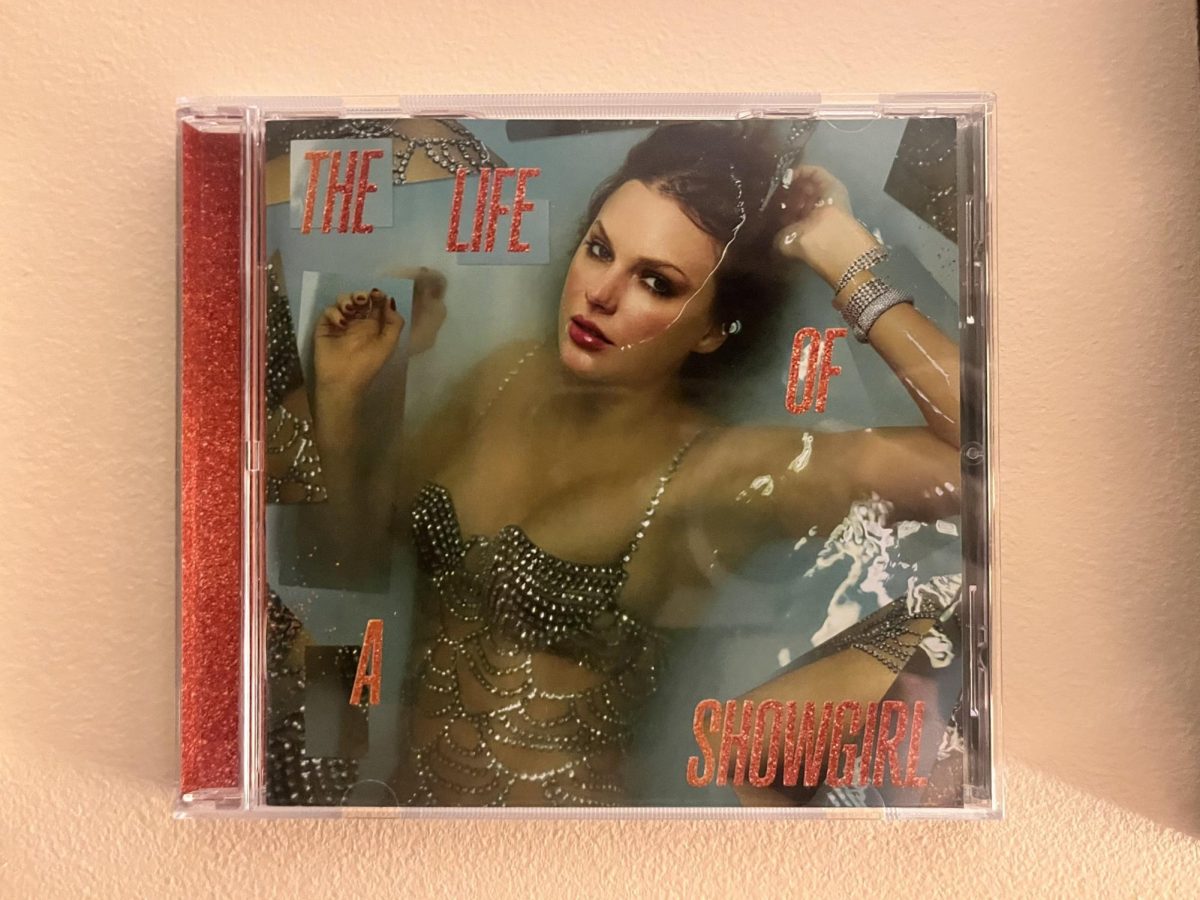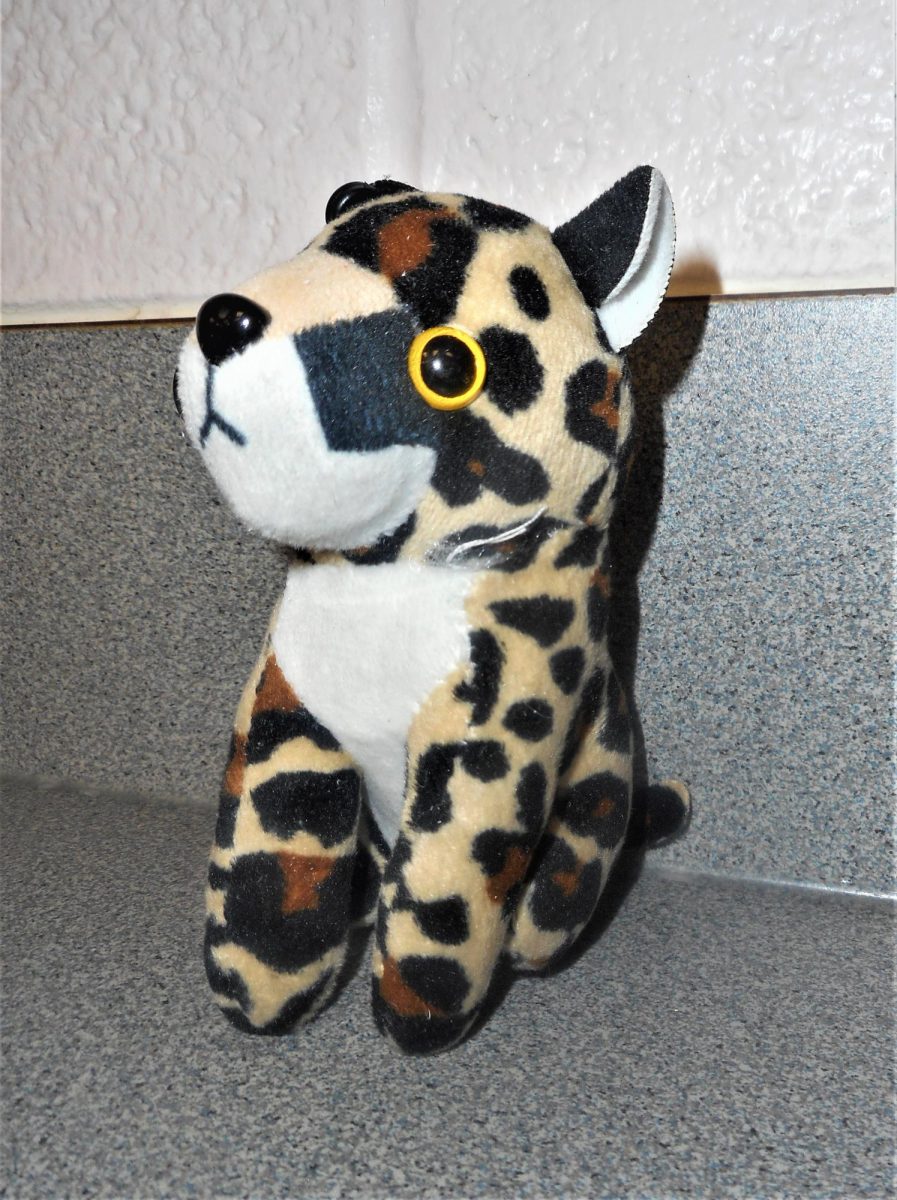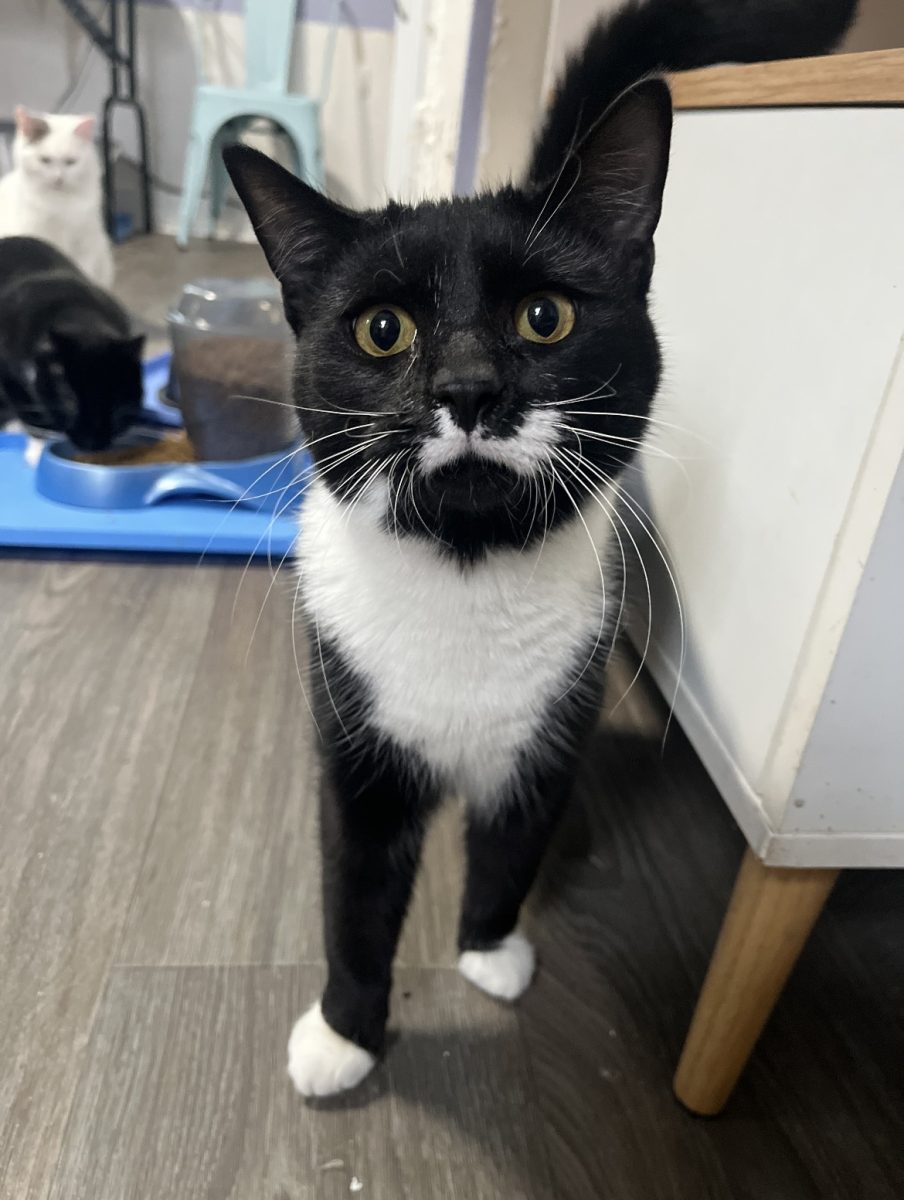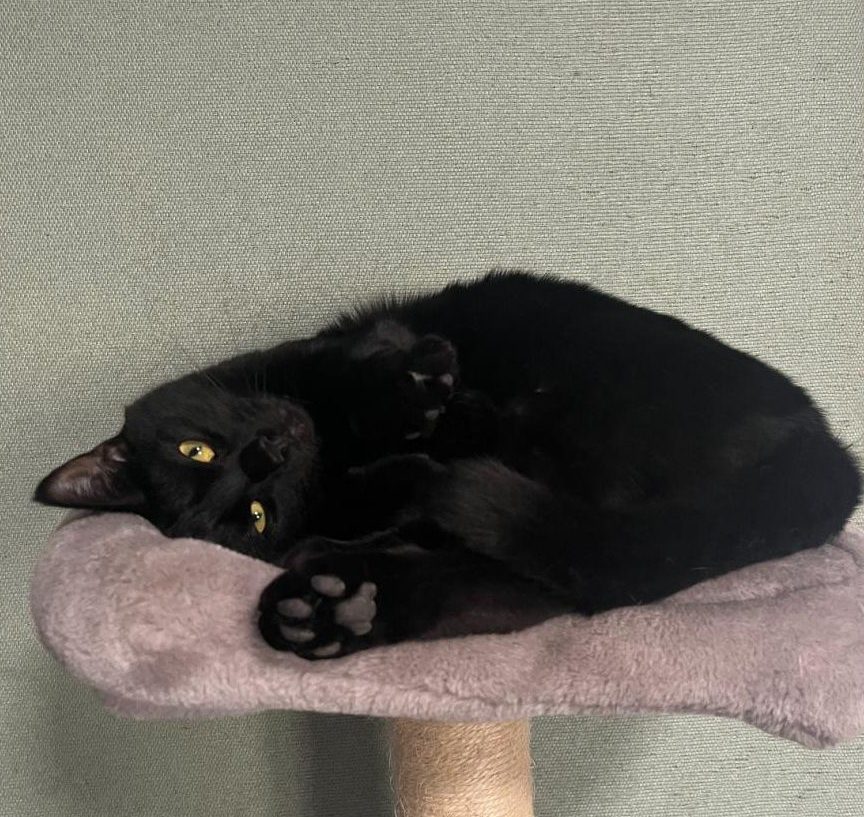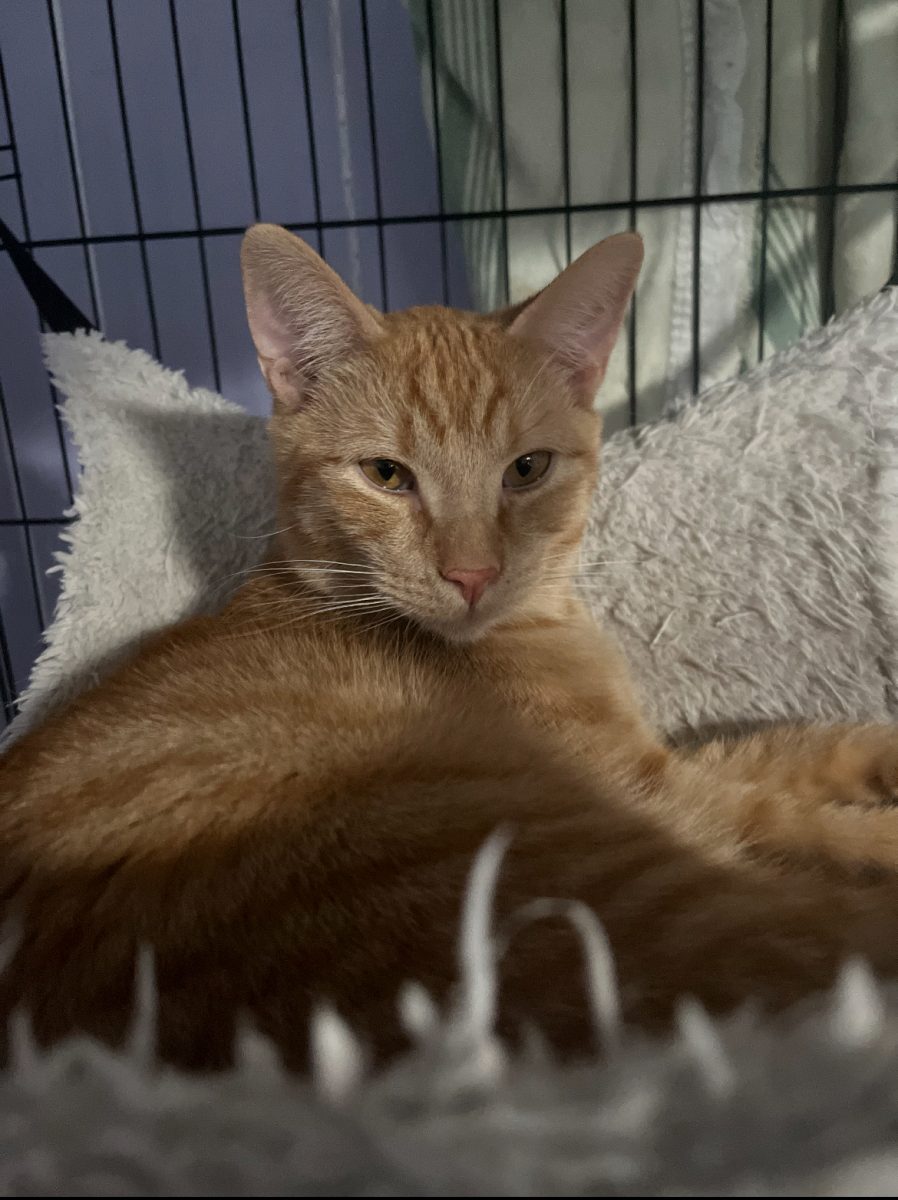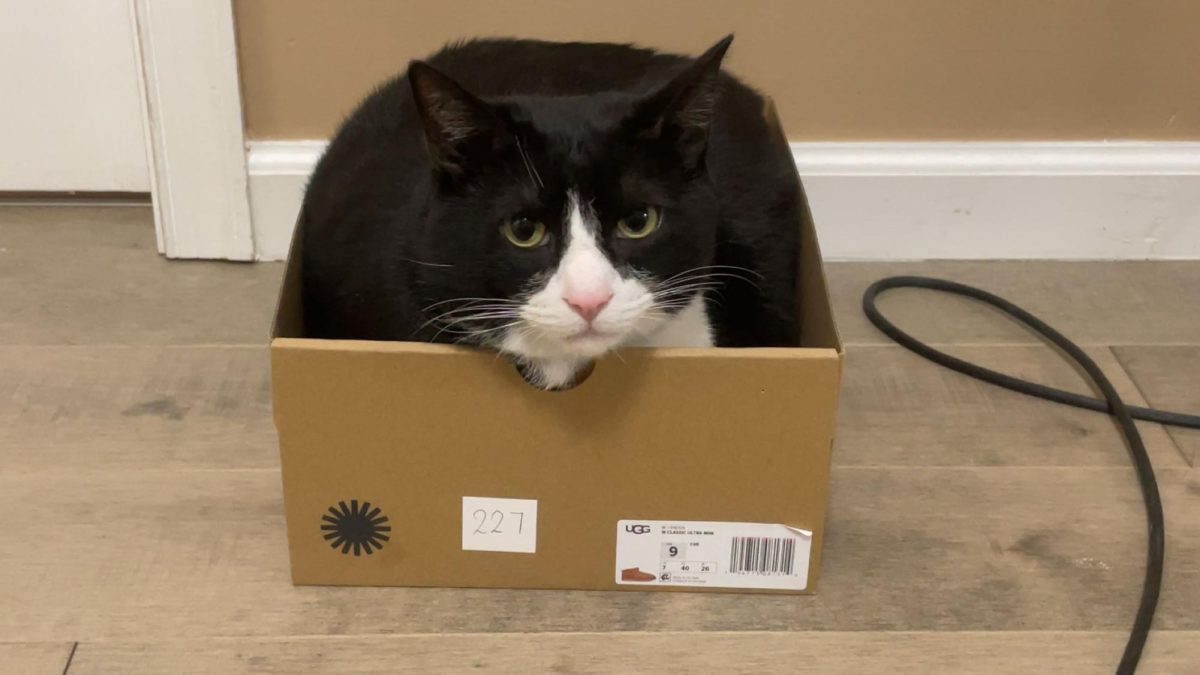Every cat owner will claim their fur-baby has a personality based on the color of their fur. Your cat pushed a vase off the counter? That’s your fault for getting a black cat. Your orange cat bit your leg while playing? That checks out.
While research has proven coat color doesn’t actually affect the animal’s personality, according to Popular Mechanics, a new cat color has defied all genetic expectations.
The new cat color, salmiak or salty liquorice, is a stunning black, white, and gray. It’s a black strand that grows whiter and whiter towards the tip.
“At first glance, it looks like a ghastly skeleton, but after further inspection, it is a cute cat that has a unique fur pattern,” expressed English teacher, Ashley Krause. “I would definitely adopt a cat that looked like this.”
First spotted in 2007 and in 2019 was brought to the attention of genetic expert, Heidi Anderson, and her team. They worked towards discovering what caused the coloration, and the answer was recently revealed in the journal “Animal Genetics.”
They started with the obvious and worked their way to more complex ideas.
Cats traditionally only come in two colors: black and orange. All other colors are a combination of those colors, a faded version of one of those colors, or both. Because of this, when they saw the white tips, they assumed it was the diluted gene making itself known.
“Add a little more white than usual to your standard black cat, and you get salty liquorice,” pointed out Popular Mechanics.
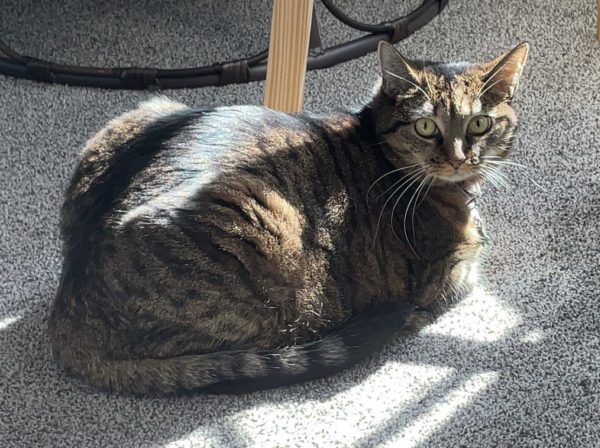
“To be honest, this is really cool. If you didn’t know, when cats are in their mom’s womb, it’s like a printer,” explains Madisen Dullen, ’25. “It’s first ones get first serve, so the first kittens get the most color, and it prints from their back to their feet, which is why some kittens have white bellies and toes.”
Through exploring these diluted genes, the team came up empty. They then took to sequencing the entire genome to sift through genetic data.
The answer turned out to be what wasn’t there rather than what was.
They looked for a gene known to affect the white patterns in the coats of animals, but “There was a huge chunk of sequence missing downstream from the KIT gene,” Anderson told New Scientist.
“This shows that some traits are able to pop out, and if the trait is new, it’s probably a recessive gene,” expressed Dullen.
It took testing 181 cats to confirm that the sequence was responsible for the color. They also discovered that the gene was recessive, meaning both parents needed to have the gene for it to show, explaining why the color is so rare.
“I think it’s really fascinating that they were able to find a new color. It makes me wonder, especially along with the whole dire wolf thing, what else we can uncover from one simple gene,” commented Gillian Stravach, ’25.
Only time will tell what the future will bring, but we can all hope for more cute animals in the years to come.




